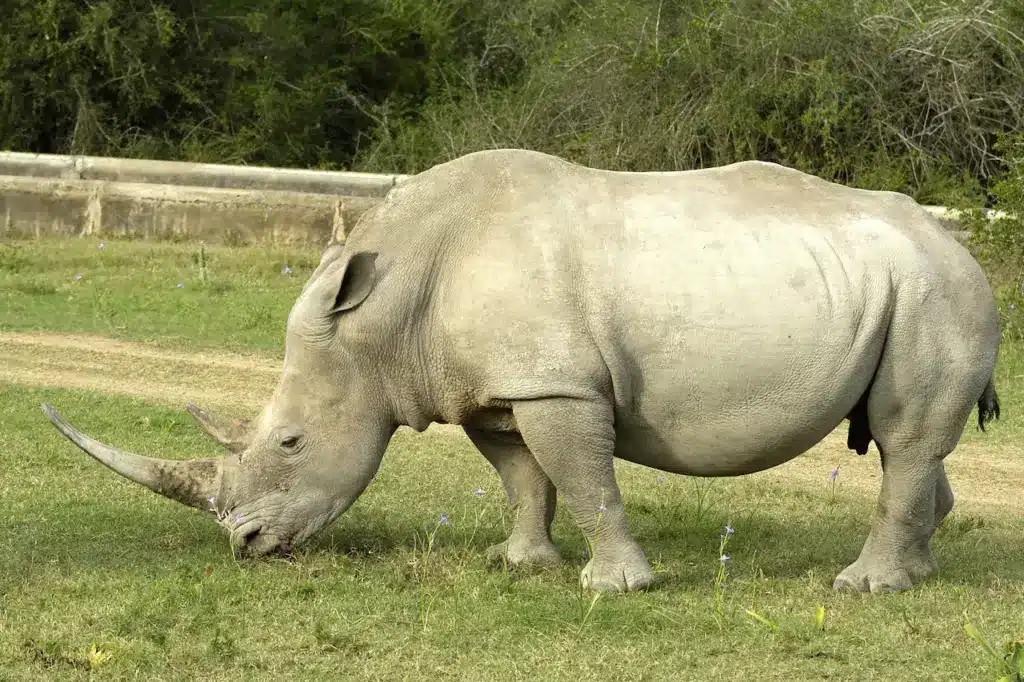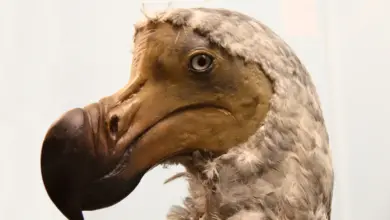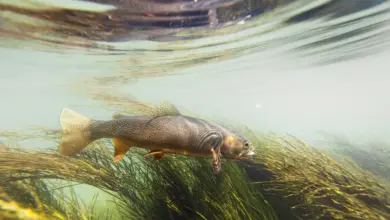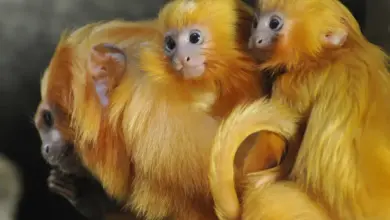White Rhino Saved From Extinction
Endangered Species Success Stories: South Africa's White Rhinoceros
Africa’s southern white rhinoceros was discovered in the early 1800s, and by 1892, a mere 75 years later, it was already thought to have gone extinct. The white rhino’s near extinction came at the hands of gun-wielding European settlers and hunters who enjoyed killing the beasts because of their impressive size. Other incentives to persecute them included their habit of living in groups on open grasslands, which made them easy to find and shoot, as well as the fact that rhino horn fetched a good price in the Asian folk-medicine market, just as it does today.
[ez-toc]

Then, in 1895, an overlooked population of about 20 southern white rhinos was discovered in Kwazulu-Natal, South Africa. People began protecting them, breeding them, and reintroducing them to areas from which they had been extirpated. Now, after more than a century of protection and management, their numbers have increased a thousand-fold, as there are nearly 20,000 southern white rhinos in the wild. In fact, they are now the most numerous of the world’s five species of rhinos, and are no longer classified as Endangered by the International Union for the Conservation of Nature (IUCN). The IUCN lists them as Near Threatened.
However, white rhinos are once more in great jeopardy, due to the fact that black-market prices for their horns have gotten so high—a third more than an equal weight of gold—that poachers will take almost any risk to kill one. Hundreds are illegally slaughtered every year.
In addition, the population of the the northern white rhino—a close relative to the southern white that is either a subspecies or an entirely separate species—is now down to around a half-dozen individuals, and almost extinct. The cause: illegal hunting for the Asia folk-medicine market. Photo Credit: Ryan Harvey
BACK TO THE MAIN ARTICLE ON ANIMALS SAVED FROM EXTINCTION


